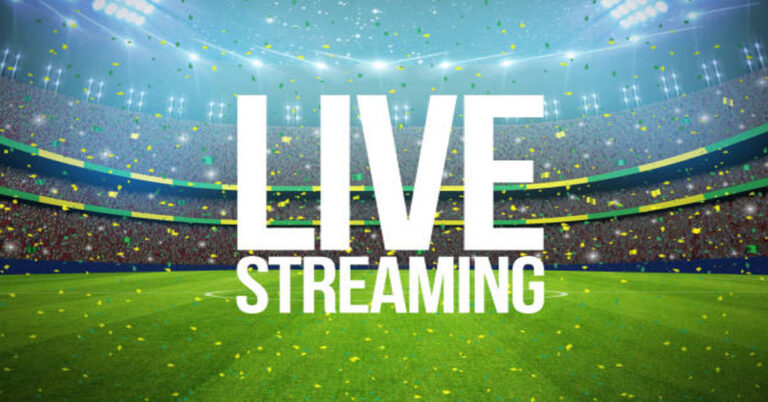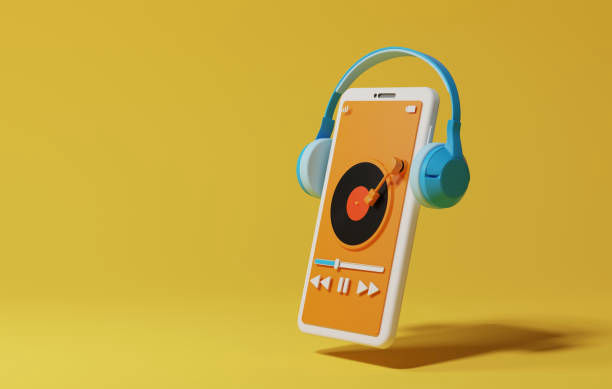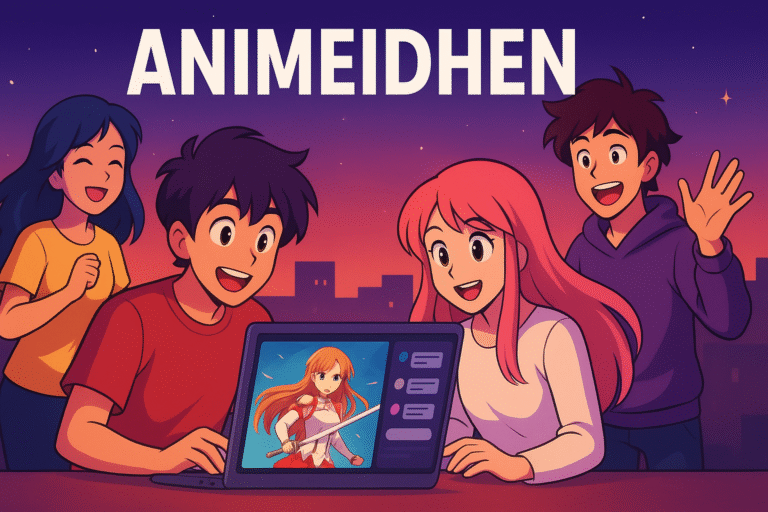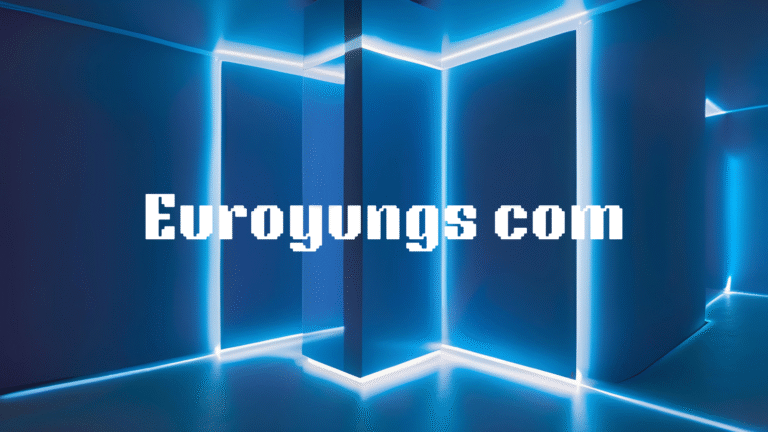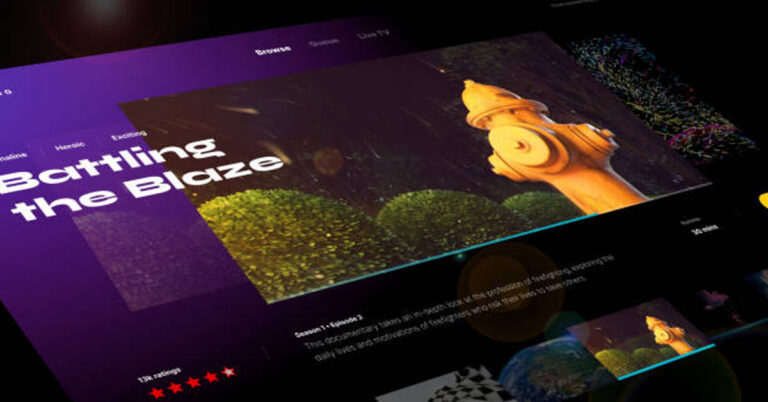VIPLeague: Evolution of Legal Sports Streaming
In less than two decades, digital technology has revolutionized how humans experience live sports. Once restricted to radio frequencies and cable subscriptions, today’s fans expect instant, global access on phones, tablets, or smart TVs. That demand has created a booming legitimate market for online sports broadcasting — and, simultaneously, a grey underworld of unauthorized free-streaming sites often labeled with names such as VIPLeague.
The appeal seems simple: free live access to matches otherwise hidden behind paywalls. Yet the simplicity hides a complicated reality built on copyright violation, cyber-risk, and ethical imbalance. To appreciate why such services keep re-appearing — and how legitimate alternatives are changing the landscape — we must understand both the technological roots and the human motivations behind them.
2. What the Term “VIPLeague” Represents
“VIPLeague” has become shorthand for websites that illegally rebroadcast sporting events from major leagues without owning rights. These operations scrape or hijack legitimate feeds, then restream them through their own servers to large global audiences. The word VIP implies exclusivity, but in practice it means unofficial access to content meant for paying subscribers.
From a structural viewpoint, such platforms fall into three categories:
| Type | Technical Mechanism | User Experience | Legal Status |
|---|---|---|---|
| Mirror Sites | Copy original licensed streams and rebroadcast | Usually free, ad-heavy | Illegal |
| Link Aggregators | Compile links from various sources | Simple directories | Illegal |
| Embedded Players | Host the stolen feed within custom players | Appears professional | Illegal |
Each model profits indirectly through advertisements, data collection, or malicious downloads. Despite their different interfaces, they all share one thing: absence of broadcasting rights.
3. Why Users Turn to Such Sites
To analyze user behavior, we must address both economic pressures and psychological triggers. Fans are emotionally attached to their teams; missing a decisive match can feel intolerable. When official access becomes fragmented — one league on one app, another on a different subscription — frustration pushes users to shortcuts.
| Motivation | Underlying Reason | Perceived Advantage |
|---|---|---|
| Cost Avoidance | High subscription or pay-per-view fees | Free access |
| Regional Barriers | Matches unavailable in certain countries | Global reach |
| Convenience | No login, no setup | Instant streaming |
| Habit & Culture | Friends share “free links” on social media | Social reinforcement |
From an ethical standpoint, these motivations are understandable but flawed. They highlight a gap between what consumers expect — simplicity and affordability — and what official broadcasters deliver. Bridging that gap is key to ending digital piracy.
4. Legal Framework and Consequences
Every major jurisdiction protects sports broadcasts under copyright and intellectual-property law. Distributing or viewing unauthorized streams constitutes infringement. Penalties differ by country but often include fines, domain seizures, or imprisonment for repeat offenders.
| Region | Main Law | Maximum Penalty for Distribution |
|---|---|---|
| United States | Digital Millennium Copyright Act (DMCA) | Up to 5 years in prison + fines |
| European Union | EU Copyright Directive & local acts | Heavy fines and civil liability |
| United Kingdom | Copyright Designs and Patents Act 1988 | 10 years imprisonment |
| India | IT Act + Copyright Act 1957 | Fines + possible imprisonment |
Although most viewers never face prosecution, repeated participation supports an ecosystem that drains billions from legitimate sports financing. Moreover, many “VIPLeague” operators run cross-border networks that fund other illicit activities, making casual viewing ethically problematic.
5. Cybersecurity and Privacy Dangers
The more immediate threat for ordinary users is cyber-exposure. Unregulated streaming domains often monetize through malicious advertising rather than subscriptions. Pop-up windows can trigger malware, phishing forms, or crypto-mining scripts.
Typical Threats on Unofficial Streaming Sites
| Threat Type | Mechanism | Possible Damage |
|---|---|---|
| Malware Downloads | Fake “Play” buttons start background downloads | Device infection, ransomware |
| Phishing Pages | Prompting for email/payment “verification” | Identity theft |
| Adware | Continuous pop-ups and browser hijacking | System slowdown |
| Data Harvesting | Hidden trackers collect behavior data | Privacy loss and spam |
| Drive-by Exploits | Use outdated browsers/plugins | Full system compromise |
Because no security regulation governs such sites, even tech-savvy users risk compromising personal data for a temporary sports fix.
6. The Economics of Legitimate Broadcasting
Understanding why piracy harms sports requires viewing the financial ecosystem of a broadcast deal. Leagues sell exclusive media rights that sustain athletes, infrastructure, and community programs.
| Revenue Source | Typical Share of League Income | Role in Sustainability |
|---|---|---|
| Broadcasting Rights | 50 % – 60 % | Funds teams and league operations |
| Sponsorship & Ads | 20 % – 25 % | Brand visibility |
| Ticketing | 10 % – 15 % | Event operations |
| Merchandise | 5 % – 10 % | Fan engagement |
Unauthorized streams undercut these revenues. When official broadcasters lose viewership, they pay less for future rights — shrinking budgets for teams, athletes, and grassroots programs. In this sense, “free” viewing indirectly hurts the very sports people love.
7. Ethical Dimensions
Legality and ethics are not always identical, yet they often intersect. Ethically, consuming unlicensed streams violates the principle of fair compensation. Behind every live event stand thousands of professionals — camera crews, commentators, referees, and technical engineers. When audiences bypass official channels, those individuals lose recognition and funding.
Ethical streaming therefore means valuing not just entertainment but the ecosystem producing it. Paying a modest fee sustains talent, infrastructure, and youth development that keep sports alive for future generations.
8. Market Evolution: From Piracy to Platforms
The same internet that enabled sites like VIPLeague has also birthed legitimate streaming revolutions. Broadcasters learned to adapt by embracing the convenience and flexibility audiences wanted.
| Era | Dominant Medium | Viewer Limitation | Technological Shift |
|---|---|---|---|
| 1990s – 2000s | Cable TV | Fixed location, time slots | Satellite & DVR |
| 2010s | Early Online Streams | Limited quality, few rights | HD and Mobile apps |
| 2020s | Integrated Platforms | Global, multi-device | 4K, Cloud, AI recommendations |
This adaptation shows that technological disruption need not destroy industries; it can rejuvenate them when guided by innovation and fairness.
9. Legal Alternatives to VIPLeague-Type Sites
Today, nearly every major sport offers multiple legitimate options, often at competitive prices. These range from subscription services to ad-supported free broadcasts.
| Model | Example Concept | Advantages |
|---|---|---|
| All-Access Subscriptions | Multi-league bundles | One price, full coverage |
| Pay-Per-View (PPV) | Single event purchase | Flexibility |
| Freemium Platforms | Basic content free, premium tier optional | Entry-level accessibility |
| League Apps | Direct from sports organizations | Exclusive interviews, highlights |
| Ad-Supported Streams | Legal platforms with commercials | Free but lawful |
By choosing such options, fans enjoy consistent quality, technical support, and security while respecting intellectual property.
10. The Role of Pricing and Accessibility
A major driver of piracy remains cost perception. Some consumers feel official packages are overpriced relative to income or region. Addressing this requires adaptive pricing — geo-based tiers, micro-subscriptions, or student discounts.
Broadcasters who experiment with flexible models often report reduced piracy. The message is clear: when legitimate access feels fair, the incentive for illegal access decreases dramatically.
11. The VPN Misconception
Many users believe that using a Virtual Private Network grants legal immunity. A VPN only hides location; it cannot legalize an illegal act. It may protect privacy or allow travelers to log into their home subscriptions legitimately, but streaming copyrighted material without rights remains unlawful regardless of masking tools. Misuse of VPNs for piracy still breaches terms of service and can attract penalties.
12. Government and Industry Collaboration
Global cooperation is intensifying. Organizations such as Interpol, ACE (Alliance for Creativity and Entertainment), and Europol’s IP Crime Unit share intelligence to dismantle illicit networks. Meanwhile, internet service providers (ISPs) increasingly comply with court-ordered blocks on known pirate domains.
However, enforcement alone cannot solve demand; thus, regulators also encourage public education campaigns and industry innovation. The dual strategy — enforcement plus affordability — yields the best long-term results.
13. Consumer Awareness and Education
Educational initiatives can transform digital habits more effectively than punishment. Many fans simply lack awareness of the ripple effects of piracy. Schools, clubs, and media outlets now incorporate digital-ethics modules explaining why legitimate consumption sustains the culture of sport.
Public-service messages emphasize three truths:
- Illegal streams harm athletes and jobs.
- They endanger personal cybersecurity.
- Legal options are increasingly accessible.
Knowledge turns passive viewers into responsible participants in the digital economy.
14. The Technological Future of Legal Streaming
Looking ahead, innovation will make legitimate services even more compelling. Emerging technologies include:
- Artificial Intelligence for personalized highlight reels.
- Blockchain-based rights management ensuring transparent royalty distribution.
- 5G networks enabling low-latency ultra-HD streams.
- Virtual Reality (VR) viewing — letting fans “sit” courtside from home.
- Interactive multi-camera features offering user-controlled angles.
These advancements redefine engagement, proving that ethical viewing can also deliver the richest experience.
15. Comparative Overview
| Criterion | VIPLeague-Type Site | Official Service |
|---|---|---|
| Legality | Unlicensed, high risk | Fully licensed |
| Cost | “Free” but unsafe | Affordable tiers |
| Video Quality | Unstable feeds | Consistent HD/4K |
| Security | Malware, phishing | Data-protected |
| Reliability | Frequent takedowns | 24/7 support |
| Ethical Standing | Exploits content creators | Rewards creators |
The contrast shows that the perceived convenience of piracy is superficial; legitimate access offers lasting value and safety.
16. Global Case Study: The Transition to Legal Access
Consider a hypothetical nation, Sportiva, where 60 % of fans once used illegal streams. After the government introduced low-cost national sports passes and public education campaigns, piracy fell to 15 %. Revenue increased, allowing investment in local youth academies. The case illustrates that accessibility plus awareness works better than punishment alone.
17. How Fans Can Support Change
Every viewer can strengthen ethical streaming by:
- Subscribing to at least one official service that fits their budget.
- Reporting illegal links shared on forums or social networks.
- Encouraging teams and leagues to offer fair regional pricing.
- Using legitimate ad-supported platforms instead of pirate ones.
- Promoting cyber-hygiene — keeping browsers and antivirus tools updated.
Collective behavior influences market direction more than any single policy.
18. Cultural Significance of Sports and Shared Responsibility
Sports unify communities across language and geography. Preserving that cultural force requires mutual respect between producers and consumers. When fans choose legitimate pathways, they invest in future tournaments, women’s leagues, grassroots training, and digital inclusion projects. Ethical viewing, therefore, is not merely compliance; it is an act of community solidarity.
19. Summary of Key Insights
| Theme | Insight |
|---|---|
| Nature of VIPLeague | Unauthorized redistribution of sports content |
| Core Appeal | Free access but unsafe |
| Legal Risk | Copyright infringement |
| Cyber Risk | Malware, identity theft |
| Ethical Concern | Undermines sports economy |
| Legitimate Solutions | Subscriptions, PPV, ad-supported models |
| Future Technology | AI, 5G, VR, blockchain |
| Consumer Power | Education + ethical choices drive change |
20. Conclusion: Building a Sustainable Digital Sports Era
The saga of VIPLeague-style websites is ultimately a reflection of the digital age’s growing pains. The desire for instant, borderless access collided with outdated distribution models, birthing a cycle of piracy and enforcement. Yet the same technological progress that fueled these unauthorized platforms now empowers legitimate, affordable, and safer solutions.
The path forward demands cooperation: broadcasters must remain innovative and fair in pricing; regulators must prioritize education alongside enforcement; and fans must embrace accountability. When all three align, the world gains not just lawful streams but a sustainable digital sports culture grounded in respect, safety, and shared prosperity.
Ethical streaming ensures that the thrill of competition continues to inspire future generations — not at the cost of legality, but through the celebration of fairness and innovation.
🟢 FAQs
1. What is VIPLeague?
It is a term commonly used for websites that illegally rebroadcast sports events without permission from rights holders.
2. Is watching VIPLeague-type sites legal?
No. Accessing or supporting unauthorized streams violates copyright laws and can expose users to security risks.
3. What risks do such sites pose?
They often contain malware, intrusive ads, and phishing traps that can compromise personal data or devices.
4. What are the legal alternatives?
Official league apps, subscription services, pay-per-view events, and ad-supported legal streams provide safe, high-quality access.
5. How can fans help reduce piracy?
By choosing legitimate platforms, educating peers about risks, and supporting fair-priced, ethical sports broadcasting.


